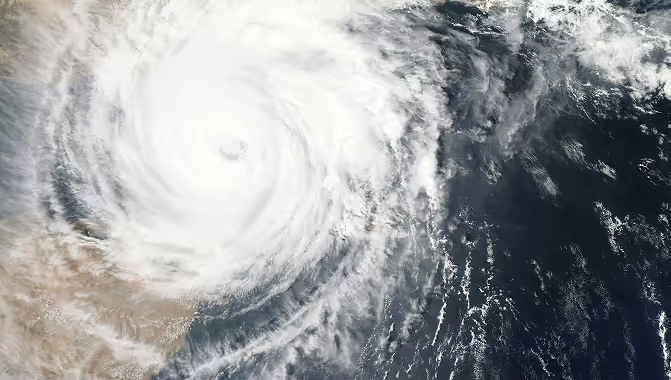An electric power utility needed a data-driven approach to assess extreme heat risk and prioritize upgrades to critical infrastructure.

An electric power utility is experiencing increasing transformer failures during heatwaves.
They sought to assess how heatwave frequency would change over the next decade to determine whether to invest in more heat-resilient equipment.
Degree Day worked with the client to determine temperature thresholds critical for transformer performance and failure risk.
Using detailed climate projections, Degree Day calibrated data with local weather station observations to refine historical and future extreme temperature probabilities relevant to the event.
Degree Day delivered a report quantifying projected transformer failure risks and cost implications due to extreme heat over the next two decades.
The client restructured operating expenditure plans and developed a strategy to invest in heat-resilient transformers in response to more frequent extreme heat.
A data center client wanted to explore how resilient their network was to a hypothetical major hurricane.

A data center operator sought to evaluate how major hurricanes could impact IT network redundancy and electric power reliability.
They wanted to stress-test their network infrastructure against extreme weather scenarios to identify hidden vulnerabilities and improve disaster preparedness.
Degree Day conducted a hurricane risk assessment, modeling wind damage, flooding, and power outage risks based on historical and future storm projections.
Using detailed models, Degree Day quantified the probability of extreme weather events impacting the data center’s operations.
The study also evaluated backup power capacity, cooling system performance, and fiber network disruptions under extreme conditions.
Degree Day provided a detailed risk report, outlining the likelihood and impact of hurricane-related failures on network uptime.
The client implemented infrastructure upgrades, including enhanced cooling redundancy, improved backup power systems, and flood resilience measures to ensure continued operations during extreme weather events.
An engineering design team required insight into typical weather conditions in Dubai by mid-century to inform climate-resilient infrastructure design.

A global engineering design firm needed to anticipate future climate conditions for a major infrastructure project planned in Dubai, expected to operate through 2100.
The team required robust estimates of typical daily weather conditions in 2050 to inform thermal load modeling, material durability assessments, and HVAC system design.
Degree Day analyzed high-resolution regional climate model simulations to estimate future daily weather conditions in Dubai for the year 2050, including temperature, humidity, solar radiation, and wind.
Historical observations were used to calibrate the model data, ensuring consistency with known conditions.
Thes tudy identified shifts in seasonal temperature ranges, humidity patterns, and changes in diurnal temperature variability to support engineering performance assessments.
Degree Day provided the design team with a typical meteorological year (TMY) dataset for Dubai in 2050, representing plausible daily sequences of weather condition sunder mid-century climate scenarios.
The team used this data to refine thermal comfort models, select climate-appropriate materials, and optimize passive and mechanical system performance, ensuring that infrastructure designs remain effective and resilient under future climate conditions.






